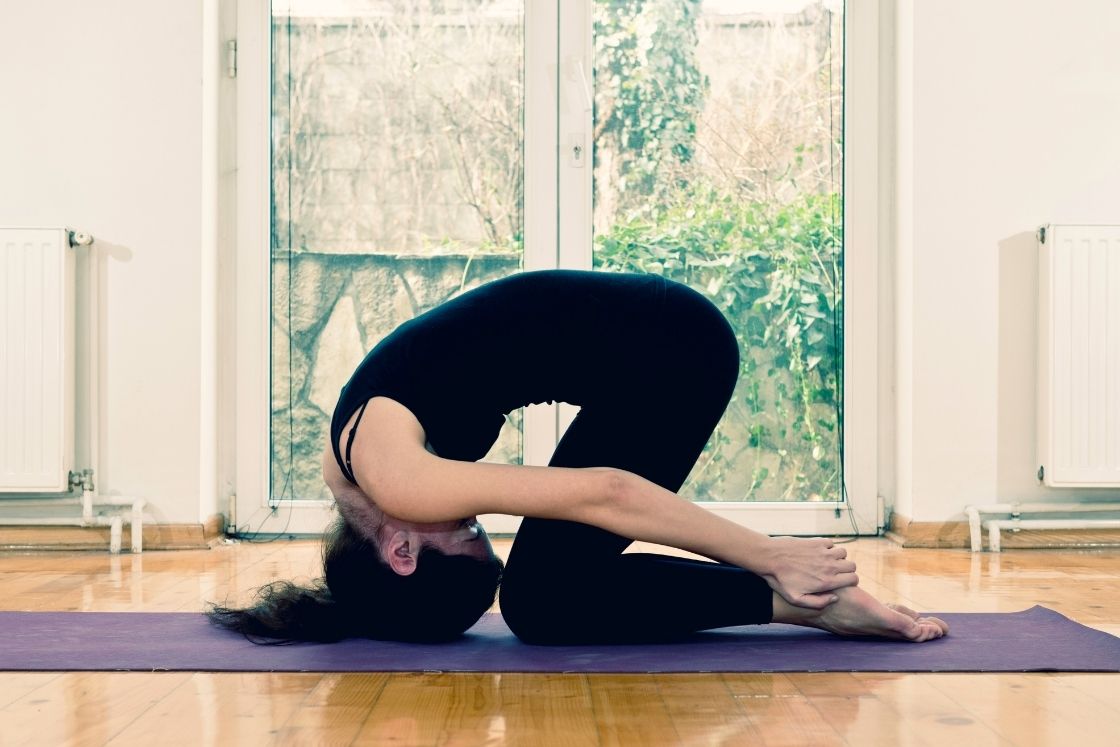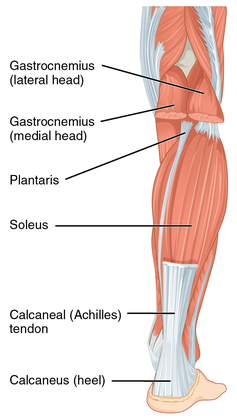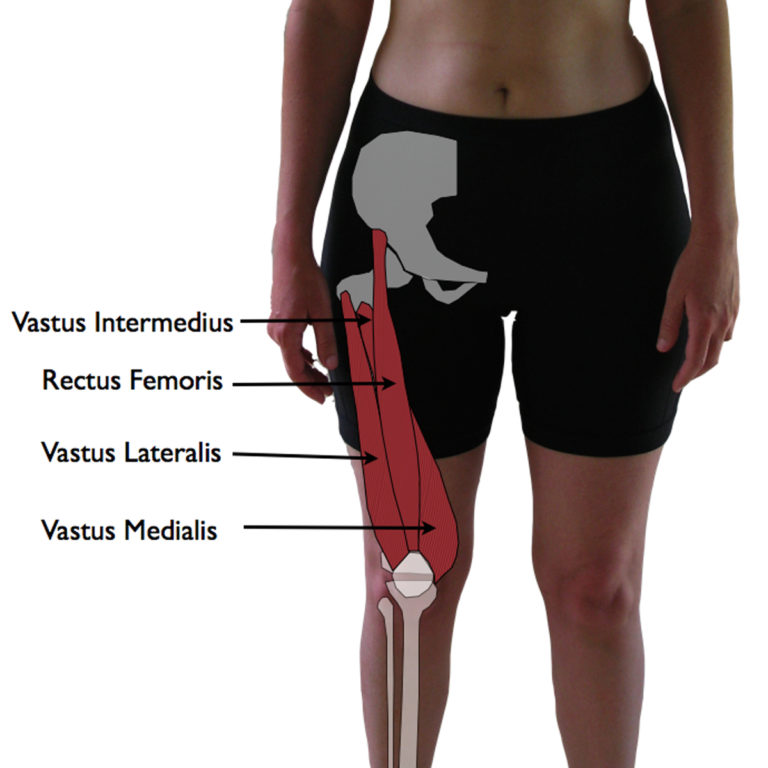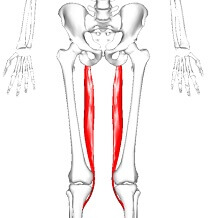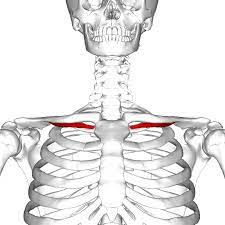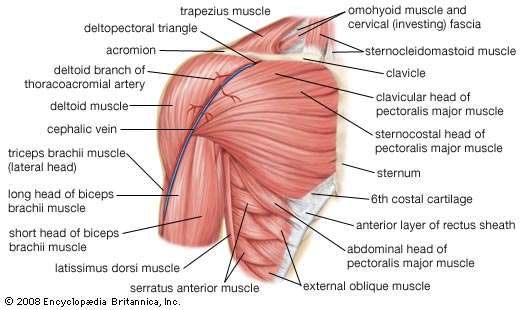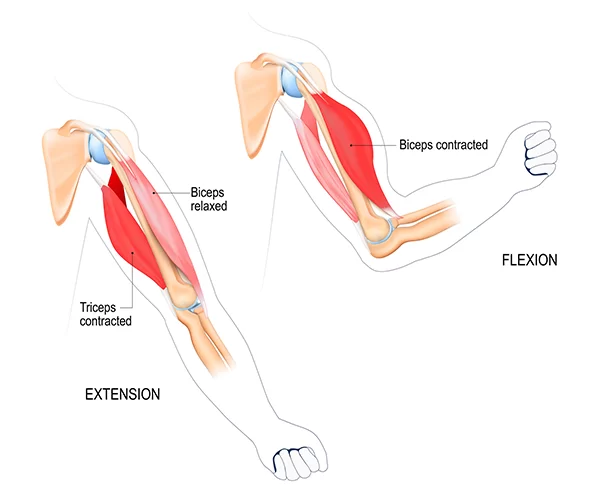Sasangasana: Health Benefits, How to do?
Table of Contents
What is Sasangasana?
In Sanskrit, ‘sasaka’= ‘rabbit’, ‘asana’ = ‘posture/position’. Therefore the name Sasangasana or in common other words Rabbit Position, or Hare Position, or Shasangasana, or Shashankasana, or Prostration Position, or Naman Pranamasana. The name of Sasangasana is due to the position that the body achieves impersonates that of the rabbit. As in Sanskrit, a rabbit is also known as “Sasanga”. It is so as in this position the spine gets rounded and division a community with the rabbit’s spine and posture. A prone position, while seated on the knees, it is a forward bend, flexing the neck and the hips to the greatest. Sasangasana helps boost energy in the body and therefore can be comprised in flow yoga sequences.
The rabbit Position is a relaxing posture. In Bikram yoga, it’s exercised as one of the endings positions to which conducts a pacifying effect on the body. It is executed sitting on the heels including inversion and forward bending observed by stretching the body. Taking balasana as a foundational position, to come into the rabbit position, the hands are conducted to the feet. From there, the crown of the head is rested in between the knees. It leads to moving the body forward taking support from the head and raising the hips. It interests the neck, hips, and lower back muscles. Safe-keeping its problems level in mind is observed under the in-between level.
In Sasangasana, as the head reaches an inverted position, hence the nerves get calming effects. Regular neck stretch helps to improved hormonal function and maintains the endocrine system. It should be noted that Shashankasana (hare position) is unalike from Sasangasana (rabbit position). These two positions share comparabilities in Sanskrit names, otherwise, both have different procedures and methods of performing. The name shashankasana is pre-owned for it because here it is compared with the moon (Shashank in Sanskrit). As the moon is taken as the symbolic representation of order and quietness and the soothing effects of this the position is entirely similar to the body.
What are the Health Benefits of Sasangasana?
The very many advantages derived from the practice of the Sasangasana Position. Below we list of Sasangasana Position benefits:
Strengthens spine:
The spine is Lengthened in the position, it causes the back muscles to relieve stress. The spine is actively involved in the procedure and rhythmic breathing adds to lengthen it and increase its strength. Stretches the shoulders, back, and arms, abdomen allowing strength.
Relieves stress from the upper body:
The arms are stretched down with shoulders and back. The neck is further curved lengthening the spine from the crown. Hence, any stress trapped in these regions is delivered by exercising the Sasangasana position.
Improves blood circulation:
The inversion complicated in the sasangasana position increases the blood flow to the brain. Also, the supply of fresh oxygen to the Muscle complicated enhances the blood circulation of the body. Helps in relieves the tension by bringing fresh blood supply to the crown of the head.
Regulates the hormonal balance:
Tonics the endocrine and immune systems. The stretch is complicated in the neck tonics of the thyroid gland. It continues the proper hormonal balance and builds immunity by raising metabolism. The hormonal control benefits the functioning of the endocrine system. Specifically, the positions throat lock activates the thyroid glands and parathyroid glands, safe keeping the hormones in control. Helps reduce sinus and cold symptoms.
Aids in better digestion:
Operates your digestive system. The muscles of the abdomen are also stretched while funding the sasangasana position. It tones the abdominal muscles making them stronger. It also stimulates the digestive organs and eases the functioning of the digestive system.
- Increases body consciousness with breathing.
- As Sasangasana is a forward bend position, it calms the mind and relieves tension, relieves stress around the neck, back, and shoulder.
- Keeps the face muscles young and fresh, lessening stretches.
- Reduces firmness of the lower back.
- Effects good sleep, good posture, hence, is great for people with restlessness and just an awesome exercise for evenings after a long day of work.
- Expands flexibility.
What are the Preparatory poses for Sasangasana?
Before exercising Sasangasana, release up the spine with a cat-cow and other favorite developments for warm-up. Warrior positions and Sun Salutations can also compose your spine for the position. Here are some preparatory positions you strength want to try out:
- Camel Position (Ustrasana)
- Child Position (Balasana)
- Hero Position (Virasana)
- Table Top Position (Bharmanasana)
How to perform Sasangasana?
On the move from Vakrasan, take the body to a faintly difficult position called Sasangasana or Rabbit Position.
Conduct the body to Vajrasana, take a few breaths here keeping the spine straight.
Placing the palms on your heels beyond you, inspire and stretch the spine and take the head and place it on the ground. Expire completely. Once here expand and lift the back and conduct it away from the heels and adjusting the neck takes the stretch deep inside and close to the knee.
Make sure there is no pressure on the head while taking this adjustment at the neck. Expiring here stretch the arms, not letting go of the heels and feel the stretch at the neck and the shoulders with regular slow breathing.
Endure in this position for 4 breaths if it is comfortable or minor depending on the comfort.
Maintain the position for 30-60 seconds.
This stretch at the starting could be difficult to understand, but if you go into this position step by step without pressing the neck or back then the position becomes smooth and beautiful.
Free from this position and go back to Vajrasana and modify the spine and neck with normal breathing.
How to Do Sasangasana by Watching a Video?
What are Follow up poses for Rabbit Pose?
- Virasana
- Cobra Pose (Bhujangasana)
- Tabletop position (Bharmanasana)
- Lion Pose (Simhasana)
What are the Therapeutic Applications for Sasangasana?
Sasangasana position is most useful and can cure the following conditions;
- It is a position that conducts quietness to the mind by increasing the blood flow. therefore proved useful in handling depression and anxiety.
- As the sasangasana position is an inversion posture, holding this position for a few minutes increases the blood flow to the scalp. It requires this position a very good exercise for hair growth.
- People suffering from diabetes can get help from the sasangasana position. Rounding trunk restoratives the insulin hormone secretion in this position.
- It is even recommended to heal insomnia and improve sleep patterns.
- In a matter like sinuses, cold, or tonsillitis improvements can be observed by exercising sasangasana.
- Back pain and lower back stiffness are also comforted by this position.
What are the Modifications and Variations in Rabbit Pose?
Place the hands parallel to the knees and appeal pressure and take up the posture the same way as you were holding the heels.
Pose dedicated to goddess arani:
This variation of the Sansangasana Position is great for specialists who wish to lengthen their spine more. Starting from standard Sasangasana Position, angle your neck ahead so that you can gape forward and lie the front of your neck and your chin on the mat, the crown of the head directing upwards. Let your presternal area be on the ground as well. From there, angle both of your knees and conduct the shins to the back of the thighs, feet lengthened yet rather flexed. Extend your arms to the back and grasp your ankles, not placing too much pressure. Feel the extending of the spine.
Puppy dog position with blocks:
This variation of the Sasangasana Position is perfect for specialists who want to open their shoulders more. Before getting Sansangasana Position, is the position of two blocks shoulder space apart, one for each arm. Starting from the standard Sansangasana Position, conduct your head up so that you can look forward and region your arms on the blocks exactly. Conduct your arms forward, bend them at the elbows and place the upper arms on the blocks so that the elbows lie down close to the front of each block. Place the palms of the hands at once as if during a prayer in the air beyond the head. Range the neck and the head with the spine, the top of the head leveling at the floor, eyes gaping at the mat. Appreciate opening and stretching the shoulders.
Some Variations for Sasangasana:
Sasangasana Position arm variation – From the rabbit position, take your hands from the heels and slowly conduct them forward. Grip the hands keeping the arms stretched out.
Balancing on knees and head – Keep the top of the head dynamically on the floor. Raise the feet towards the roofing carrying weight to the knees and head. Cover your hands around your ankles burning the heels as opposed to the hips.
Advanced variation – After attaining the sasangasana position take your hands from your heels and straighten them beyond your back, palms facing the ground. Move further with conducting the shoulders to the knees. The head then lies in the extent created between the knees.
Simple variation- Apprentice can achieve this variation. begin with sitting in Vajrayana. Inspire lifting your arms with open arms arch a little, shift your center to your hands. With an expire angling forward stretching the arms forward with palms and forehead on the ground.
What are the Do and Don’ts for Sasangasana?
People with the following problem please avoid exceeding this position, or practice under the expert’s supervision and doctor’s advice.
- Back Injury
- Chronic knee pain
- Neck Injury
- Spine problems
- Shoulder injuries
- exercise this yoga daily will quite the better results.
- It’s good to do this position in the morning with an empty stomach.
- If you find any pain or stiffness, exit the position and ask for the expert’s guidance and doctor’s advice.
What are the Precautions and Contraindications for the Rabbit Pose?
Keep in mind the following precautions when exercising the Sasangasana position, for all reality a simple beginner level position.
- Keep away from the sasangasana position in case of any injury in the neck, back, shoulders, and arms.
- People with spondylitis must not exercise the position.
- Poorly managed hypertension patients & Pregnant women must avoid exercise.
- If you have depression or vertigo, this position is not suggested.
- Chronic knee problems
- Spinal problems
- Now that you have learned about the various steps and comforts of Sasangasana, you can go forwards and exercise it in your day to day life.

